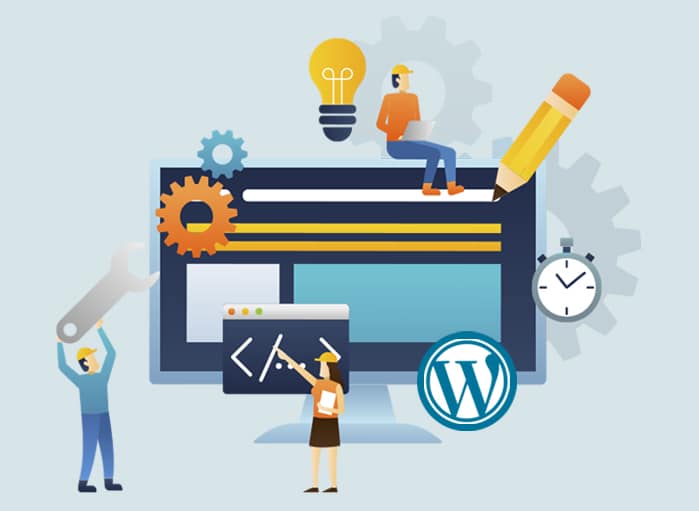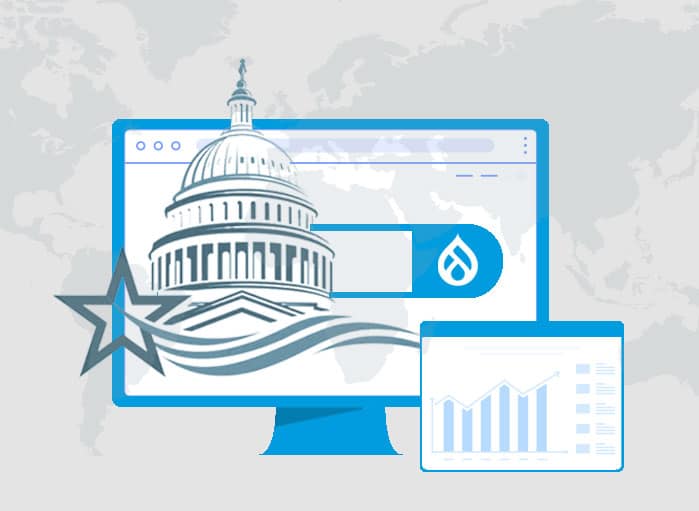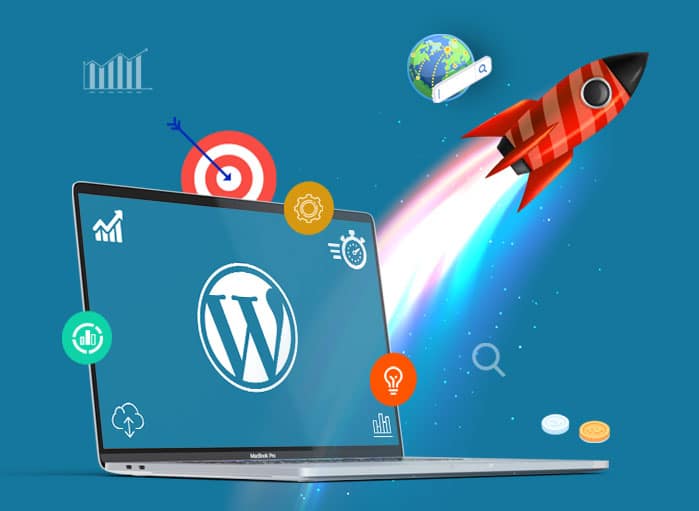
Turbocharge Your WordPress Website Performance Today!
Tags: Website Performance,WordPress


As a WordPress website owner, you know that a slow-loading website can be frustrating for you and your visitors. Slow page load speeds can increase bounce rates, decrease search engine rankings, and reduce user engagement. For every second your WordPress site lags, you’re losing valuable visitors, potential customers, and, yes, money. And as a business owner, you can’t afford that. It’s time to turbocharge your WordPress website performance and put an end to slow loading time and poor website performance.
Let’s get down to the details.
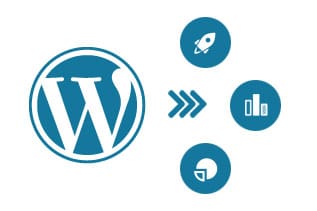
1. Why is Your WordPress WebSite’s Performance Non-Negotiable?
As a WordPress site owner, is a speedy website just a nice-to-have or a must-have? Brace yourselves for the verdict – it’s essential.
According to a study conducted by the Aberdeen Group, it was found that even a delay of one second is going to lead to a 7% loss in conversions, an 11% drop in page views, and a 16% reduction in customer satisfaction. It’s not a joke, merely true facts. (Source: Kinsta)
1.1. Speed Is the Key
In the digital race, speed is the fuel that keeps you ahead. A fast-loading WordPress site is not only a delight for your visitors but also gives you a significant advantage in the SEO race by pushing the sites higher in search engine results.
Nearly half of your potential customers (47%, to be precise) expect your site to load in under two seconds. Or that 40% of them will abandon a site if it takes longer than three seconds to load?
So, think about it: can you really afford to ignore your site’s performance?
There’s no room for complacency here – your WordPress website’s performance is a crucial pit stop on your journey to success.
1.2. How Improving a Site’s Speed Can Help Businesses?
So, working on improving your site’s speed could be the best business decision you’ll ever make. Let’s see how it can help WordPress website owners.
1.2.1. Rocket-Fueled User Experience: No More Waiting Games
Nothing tests a visitor’s patience quite like a sluggish site. But imagine a site where every page loads in the blink of an eye, creating a seamless and enjoyable experience. That’s the power of speed, and it’s within your grasp.
1.2.2. SEO Overdrive: Speed Your Way to the Top
Did you know that speed is a decisive factor in the Google ranking algorithm? Search engines, including Google, factor in your site’s speed when determining its position on the results page. In other words, a faster site means higher visibility. It’s as simple as that.
1.2.3. Break the Bounce: Keep Your Visitors Onboard
Picture this: a visitor lands on your site only to be greeted by a loading icon. What are the chances they’ll stick around, let alone explore further? Chances are pretty slim. Slow sites see higher bounce rates – it’s a fact.
1.2.4. Maximize Page Views: Fast Loading is the Key
On the flip side, a site that loads swiftly encourages visitors to click around and explore. Remove the barrier of slow loading and watch your page views skyrocket.
1.2.4. Speed = Trust: Win Over Your Visitors
Ever felt a nagging doubt when browsing a slow site? It’s even worse when it’s an eCommerce platform where transactions are involved. Slow pages don’t inspire confidence. This isn’t just true for eCommerce – a slow site can tarnish the reputation of any business.
1.2.5. Conversion Acceleration: Speed Matters
A sluggish site doesn’t just breed distrust – it also dents your conversion rates. If you’re looking to convert visitors into customers, you need a site that responds instantly and intuitively. The need for speed isn’t just a catchphrase – it’s a business imperative.
The truth is your WordPress website’s performance is a make-or-break factor for your business. So, put on your racing gloves because it’s time to tune up your website’s speed. To speed up your website, it’s better if you seek professional help.
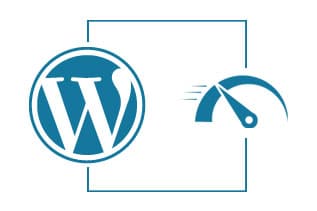
2. Crank Up the Speed: Your Blueprint to a Faster WordPress Website
Is your WordPress site’s lackluster performance giving you the jitters? Put your worries aside. There’s a roadmap to revving up your site’s speed, boosting performance, and providing an unrivaled user experience.
So, buckle up, it’s time to turbocharge your site through some simple steps.
Let’s dive in.
2.1. The Speed Issue: A Common Thing
Everyone loves the sound of a roaring engine. But when it comes to your WordPress site, a slow start won’t win you any race. Site speed directly impacts user experience, SEO rankings, and conversion rates. If your WordPress site is the tortoise, it’s time for an upgrade.
2.2. Gear Up: What’s Slowing Down Your Site?
Before you can crank up the speed, you need to understand what’s holding you back. Heavy themes, unoptimized images, and a surplus of plugins are just a few culprits slowing down WordPress websites.
So, now that you have identified the factors slowing down your site, you’re already halfway to the finish line.
Now, you just need to make some small tweaks that will improve your WordPress site’s performance.
3. Tweaks to Improve Your WordPress Website Performance
Let’s take a look into some tweaks which when implemented are going to speed up your site.
3.1. Choose a Performance-Driven Theme
Not all themes are built for speed. Some are weighed down with unnecessary features that slow down a site. Hence, selecting a WordPress theme that’s lightweight and speed-optimized is critical. Notable examples of such themes include Astra, GeneratePress, and OceanWP.
3.2. Optimize Your Images
Images add life to your site, but they can also weigh it down. Compress and optimize your images to ensure they load quickly without sacrificing quality. It’s time to balance beauty and performance.
Fortunately, you can take advantage of freely accessible platforms like imageresizer.com or tinypng.com to shrink your image files without sacrificing their quality.
3.3. Minimize Your Plugins
Every plugin you add introduces more code than your server loads. Evaluate your current plugins and get rid of any that aren’t essential. It’s about working smarter, not harder.
3.4. Opt for a High-Speed Hosting Provider
Your hosting provider plays a critical role in your site’s speed. Opting for a high-speed, WordPress-optimized hosting provider can significantly boost your site’s performance.
Steer clear of budget shared hosting providers that cram their servers with an excessive number of websites, leading to sluggish loading times. It’s also wise to select a hosting provider with servers located near your target audience.
For instance, if your audience is primarily based in the US (United States), options such as AWS, Hostinger, Bluehost, and HostGator could be suitable choices. Remember, you get what you pay for.
3.5. Use a Content Delivery Network (CDN)
A CDN can dramatically speed up your site for visitors around the globe. By storing cached versions of your site on servers worldwide, a CDN ensures your site loads quickly, no matter where your visitors are located.
3.6. Leverage Caching
Caching is a technique that saves frequently accessed data either on your visitor’s browser or on a server. This means the data can be quickly fetched when the user returns to your site, significantly reducing page load times.
To implement this on your WordPress site, you can use plugins such as WP Fastest Cache, W3 Total Cache, or WP Super Cache. These tools enable efficient browser and server caching, enhancing your site’s performance.
3.7. Reducing HTTP Requests
When a visitor lands on your WordPress website, their browser issues numerous HTTP requests to fetch different elements like images, CSS files, and JavaScript files. The higher the number of these requests, the slower your page loads.
As such, cutting down on HTTP requests can contribute to a faster loading WordPress website. This can be achieved by merging several CSS and JavaScript files into one, reducing the total number of requests that need to be processed.
3.8. Regular Maintenance and Updates
Just like a high-performance car, your WordPress site needs regular maintenance and updates. Stay on top of WordPress core, theme, and plugin updates to keep your site running smoothly.
3.9. Optimize Website’s Code
A website burdened with inefficient code can lead to sluggish page loading times. Thus, it’s crucial to fine-tune your site’s code to ensure optimum performance. Tools like Google PageSpeed Insights are freely accessible to help pinpoint potential areas for code optimization.
Strategies such as limiting the number of plugins on your WordPress site, eliminating superfluous JavaScript code, and employing CSS to minimize image requests can all contribute to a more streamlined, faster-loading website.
3.10. Monitor Your Site’s Speed
You’ve made it! But remember, maintaining speed is an ongoing race. Regularly monitor your site’s speed to identify any dips in performance and fix them before they impact your visitors.
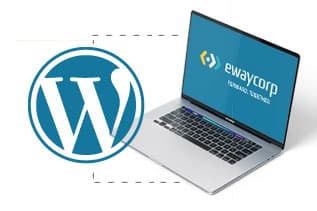
Professional Help
Are you tired of your WordPress website performance issues? It’s time to say goodbye to slow speeds and hello to lightning-fast performance. At eWay Corp, we can work with you and improve your WordPress site’s performance. Why struggle alone when expert help is just a phone call away? Contact eWay Corp professionals today!


